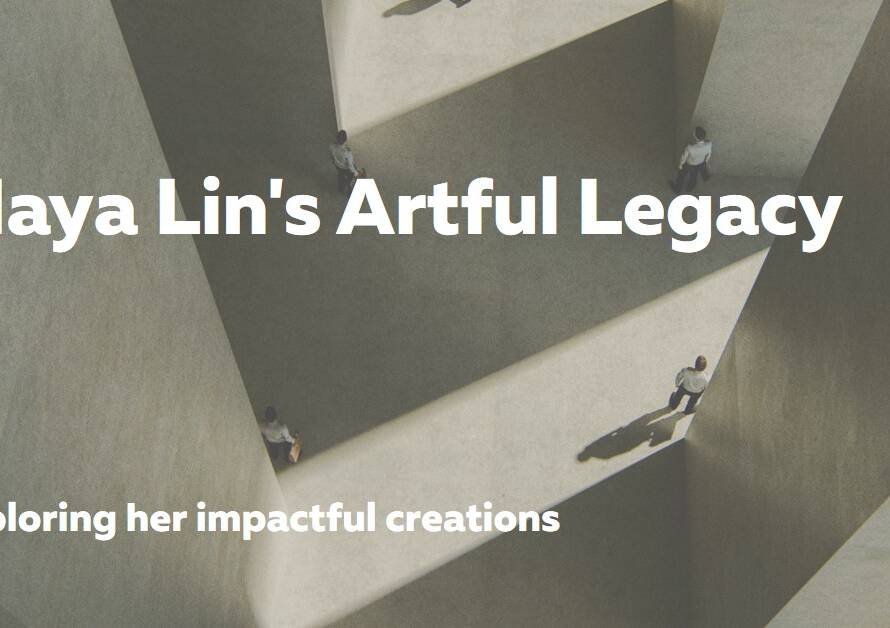
Table of Contents
Introduction to Residential Communities
Creating residential communities isn’t just about erecting buildings; it’s about sculpting environments where individuals and families can thrive, find solace, and foster meaningful connections. In this article, we delve into the intricate art of developing residential communities, exploring the myriad factors that contribute to crafting places people are proud to call home.
Understanding the Vision
At the heart of every successful residential community lies a clear and compelling vision. Developers must envision not just structures, but vibrant neighborhoods where residents can live, work, and play seamlessly. This vision serves as the guiding light throughout the development process, steering decisions and shaping the community’s identity.
Strategic Location Selection
Choosing the right location is paramount in residential development. Developers must conduct thorough research to identify areas with high demand, favorable demographics, and access to essential amenities such as schools, healthcare facilities, and recreational spaces. Strategic location selection lays the foundation for a thriving community, ensuring convenience and desirability for future residents.
Thoughtful Urban Planning
Effective urban planning is the cornerstone of creating cohesive and functional residential communities. Developers must meticulously plan the layout, ensuring a harmonious blend of residential, commercial, and green spaces. Thoughtful consideration should be given to factors such as traffic flow, pedestrian accessibility, and the integration of parks and communal areas to foster a sense of belonging.
Architectural Excellence
The design of residential structures plays a pivotal role in shaping the character of a community. Architects must marry aesthetics with functionality, creating buildings that not only inspire but also cater to the diverse needs of residents. From modern high-rises to quaint suburban homes, architectural diversity adds richness to the fabric of the community, offering something for everyone.


Sustainable Development Practices
In an era increasingly conscious of environmental impact, sustainable development practices have become imperative in residential community development. Developers must prioritize energy efficiency, green building materials, and waste management strategies to minimize their ecological footprint. By embracing sustainability, residential communities can not only reduce their environmental impact but also lower utility costs for residents.
Community Engagement
Building a strong sense of community requires active engagement from both developers and future residents. Developers should involve the community in the planning process, seeking input and feedback to ensure their needs and aspirations are addressed. Additionally, fostering community events and initiatives prior to completion can help cultivate a sense of belonging and anticipation among future residents.
Quality Infrastructure and Amenities
Beyond the confines of individual dwellings, the infrastructure and amenities within a residential community play a crucial role in enhancing quality of life. Developers must invest in robust infrastructure, including roads, utilities, and public transportation, to ensure residents’ daily needs are met efficiently. Furthermore, amenities such as parks, community centers, and recreational facilities enrich the living experience, promoting health, wellness, and social interaction.
Continuous Maintenance and Upkeep
The work of creating residential communities doesn’t end once construction is complete. Developers must commit to ongoing maintenance and upkeep to preserve the community’s integrity and attractiveness. This includes regular landscaping, infrastructure inspections, and timely repairs to address wear and tear. By prioritizing maintenance, developers demonstrate their dedication to creating enduring communities that stand the test of time.
Conclusion
Developing residential communities is a multifaceted endeavor that demands careful planning, creativity, and a deep understanding of human needs and aspirations. By embracing visionary leadership, strategic planning, and a commitment to sustainability and community engagement, developers can create places where residents not only reside but truly belong. In the end, it’s not just about building houses; it’s about building dreams and fostering a sense of home.


